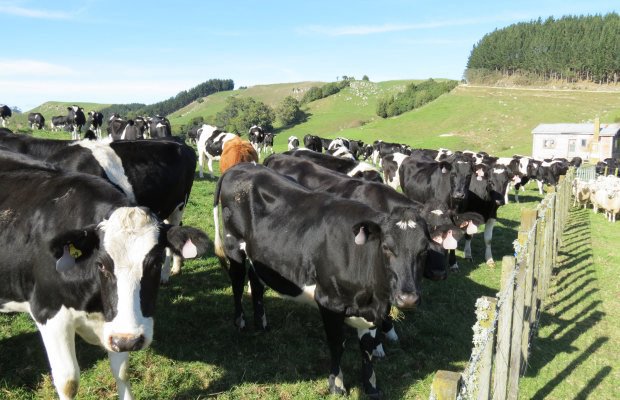Macnab spoke at a recent field day at the Sisam family property near Whakatane. The day was run jointly by DairyNZ and Beef + Lamb NZ and included a significant focus on dairy/beef cross-over and integration.
A B+LNZ Mid Northern North Island Farmer Council member, Macnab is also one of four partners in Rural Business Solutions – a consultancy of four farmers who come from rural banking backgrounds.
Macnab presented three gross margin scenarios for class 4 North Island hill country: traditional bull beef, dairy grazing and lamb breeding/finishing.
“I was asked to calculate the gross margins because there seemed to be this false belief out there that dairy heifer grazing was the most profitable option on land around here.
“It’s not.”
Bull beef stacks up well against dairy heifers.
The bull beef system was based on a real case scenario. It assumed a target slaughter age of 20 months (before the second winter) and a target carcase weight of 270kg with an entry weight of 250kg LW on May 1.
To faciliate a like for like comparison with dairy heifer grazing Macnab used the Silver Fern Farms backbone contract where animals are owned by the company and finished by the farmer.
In this way there was no capital risk nor market risk for the grazier – just like dairy heifter grazing.
Based on the contract return for 2012 of $1.70/kg of liveweight gain and a 50% yield, the return came out $1232.50/ha.
The dairy heifer grazing scenario involved a weight gain contract from May to May. It was based on Friesian calves with a start weight of 100kg LW and end target of 470kg LW. The grazing cost was set at $1.60/kg liveweight gain. The return was $1188/ha.
The lamb breeding/finishing system was based on an average performing operation, with 140% lambing with 28% of lambs kept as replacements, the balance finished at 36kg LW and a trade of lambs sold for a $25/hd margin between January and April. The cacluated return was $1320/ha – 11% more than dairy heifer grazing and 7% more than the bull beef scenario.










